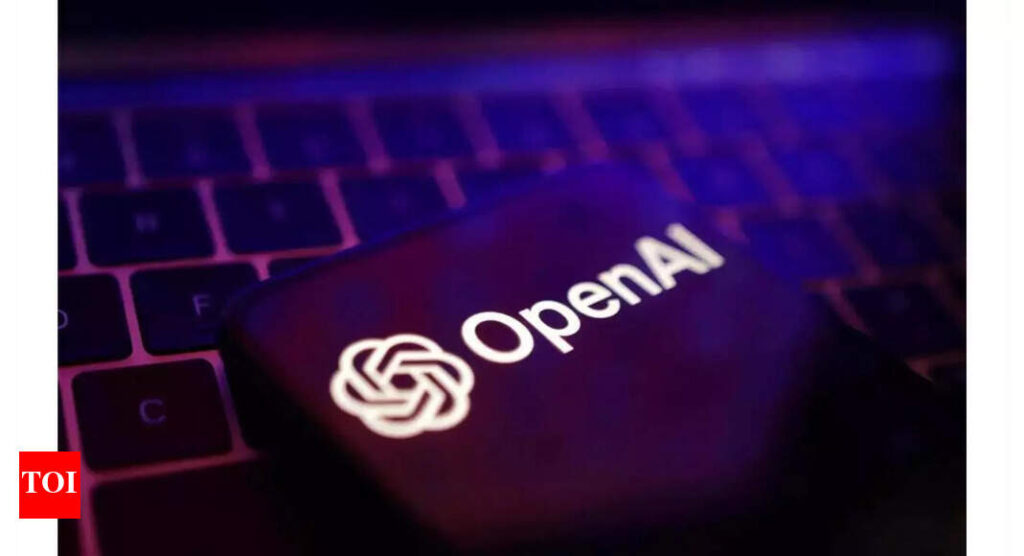The rapid ascent of artificial intelligence and automation platforms has compelled organizations, especially small and medium-sized businesses (SMBs), to evaluate the tools available to them critically. Two prominent players in the field are OpenAI and Anthropic, both of which have attracted attention with innovative AI models that promise significant advancements across various sectors. However, the recently introduced “$1-a-year deals” by these companies raise fundamental questions about the real costs associated with adopting such technologies and the broader implications for government entities, as highlighted by Sid Ghatak, a former US government tech advisor.
The primary appeal of platforms such as OpenAI and Anthropic lies in their ability to provide sophisticated AI capabilities at a nominal fee. This affordability can entice SMBs to experiment with integrating AI into their operations. However, as Ghatak points out, the upfront costs are often misleading. While paying a dollar for initial access may seem advantageous, organizations must consider ongoing expenses related to model training, maintenance, and data integration. These additional costs can quickly accumulate, leading to a far less attractive total cost of ownership than initially presented.
Both OpenAI and Anthropic boast impressive capabilities. OpenAI’s foundational models like GPT-3 have made waves with their natural language processing capabilities, finding applications in content generation, customer interaction, and even decision support. Anthropic, known for its approach to AI alignment and safety, provides a contrasting perspective focused on ethical AI development, which can instill confidence in businesses concerned about regulatory compliance or ethical implications. These differing focuses—OpenAI’s performance-centric approach versus Anthropic’s safety-driven perspective—present opportunities and challenges for SMBs.
In comparing these tools, it is essential to examine trade-offs in terms of flexibility, scalability, and the expected return on investment (ROI). OpenAI’s offerings tend to provide flexibility that allows businesses to customize their application to specific needs, which is critical in a rapidly changing market landscape. Conversely, Anthropic’s focus on ethical considerations means that businesses may feel more secure regarding unintended consequences. However, this may come with a performance cost, as implementing extensive safety protocols can limit some functional optimizations.
Cost consideration is paramount for SMBs. Beyond the promotional pricing strategies employed by both companies, leadership must address hidden costs related to training AI models tailored to their specific needs. Ghatak draws attention to additional complexities, such as computing costs associated with model usage—known as inference fees—which can significantly affect budget deliberations. Leaders must conduct rigorous cost-benefit analyses that encompass not only direct licensing fees but also associated implementation and operational expenses.
ROI extends beyond mere cost-savings; effective AI integration can streamline operations, enhance customer engagement, or improve productivity through automation. Platforms like Make and Zapier provide automation solutions that serve as important comparisons. Make offers a flexible visual interface conducive to developing customized workflows, which can be particularly beneficial for SMBs looking to automate niche tasks with minimal technical overhead. On the other hand, Zapier’s user-friendly approach excels in quick implementation and integration with a vast array of third-party applications, making it a preferred choice for companies that prioritize ease of use over customization.
However, no platform is without its limitations. While Make’s flexibility might require more initial time investment, users may face a learning curve that could slow down productivity initially. Conversely, while Zapier may enable quicker deployment, it could present challenges for businesses needing advanced automations that surpass basic linear workflows.
Ultimately, as organizations navigate the choices among these platforms, scalability presents a vital consideration. An AI tool that initially meets an SMB’s needs may become limiting as the business grows or pivot. To achieve substantial long-term value from AI investments, organizations must ensure their chosen platform can scale and adapt without incurring prohibitive costs or requiring complete overhauls of their existing systems.
In conclusion, as SMB leaders and automation specialists evaluate their options concerning AI and automation tools, they must approach the process holistically. The allure of low initial costs must be balanced against the complexities of implementation, data integration, and potential hidden fees. Smart investments in AI can lead to meaningful ROI, but only if organizations are prepared to navigate the associated challenges strategically. Comprehensive evaluations of tools, ongoing management, and the alignment of technology with business objectives will ultimately determine the success of these integrations.
FlowMind AI Insight: Strategic investment in AI and automation requires a thorough understanding of both direct and indirect costs. SMB leaders must remain vigilant and proactive in their technology choices, ensuring alignment with long-term goals and readiness for scalability to maximize their return on investment.
Original article: Read here
2025-09-12 17:46:00

